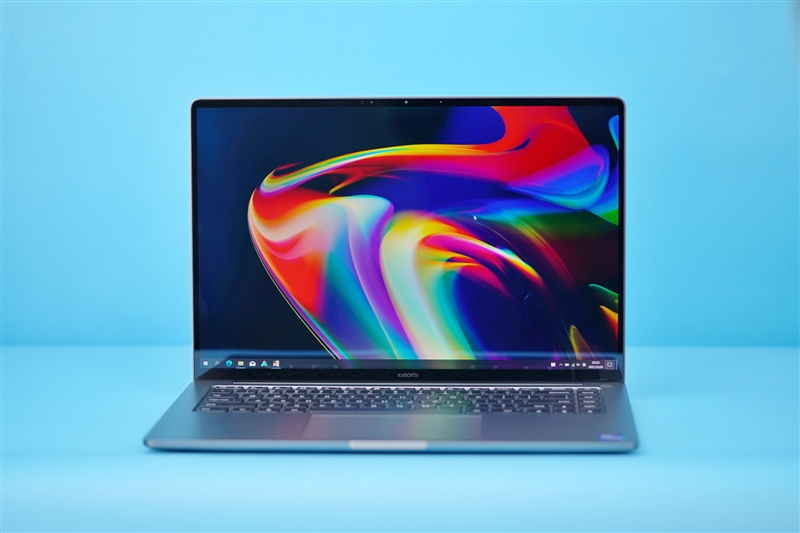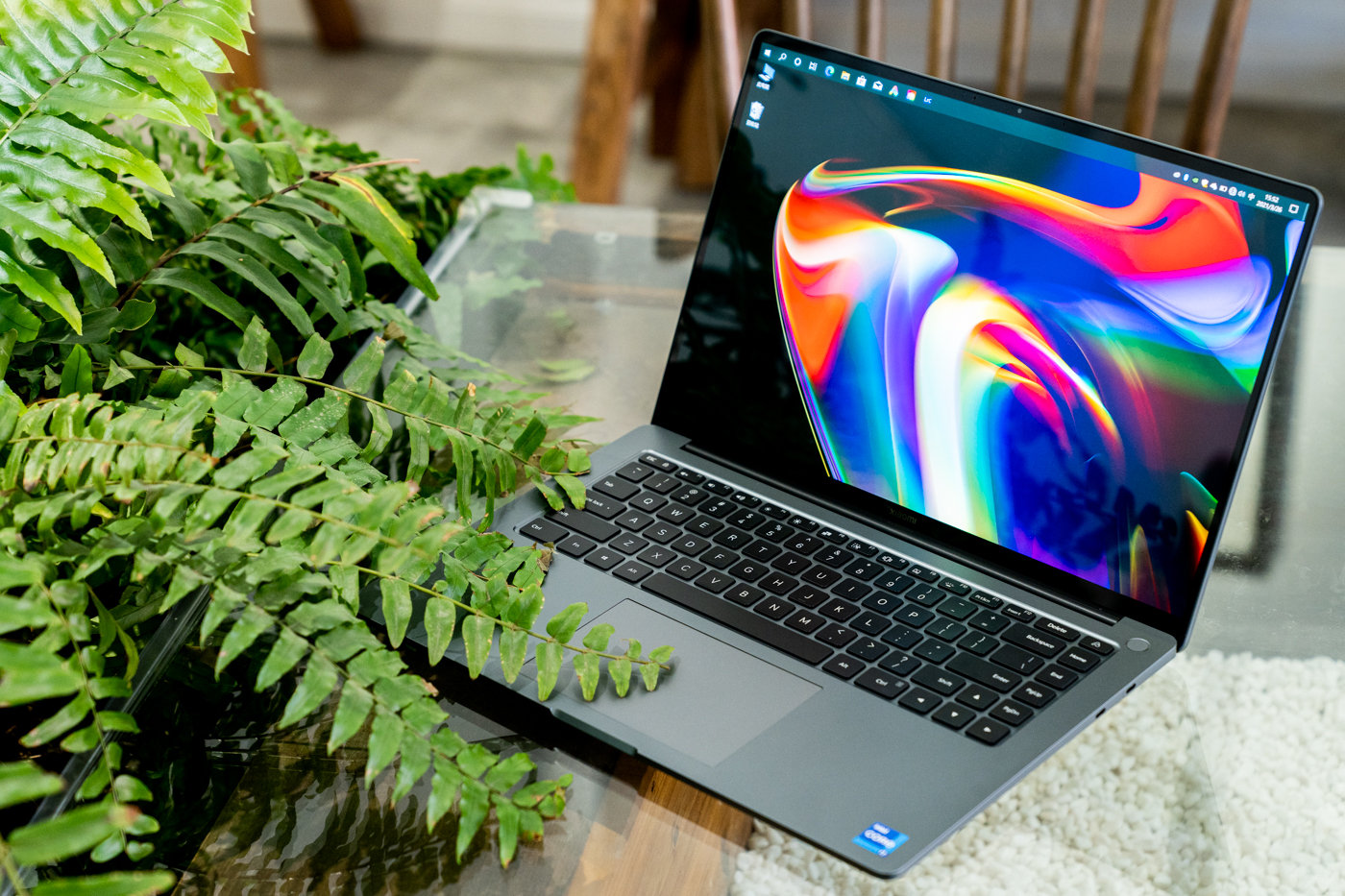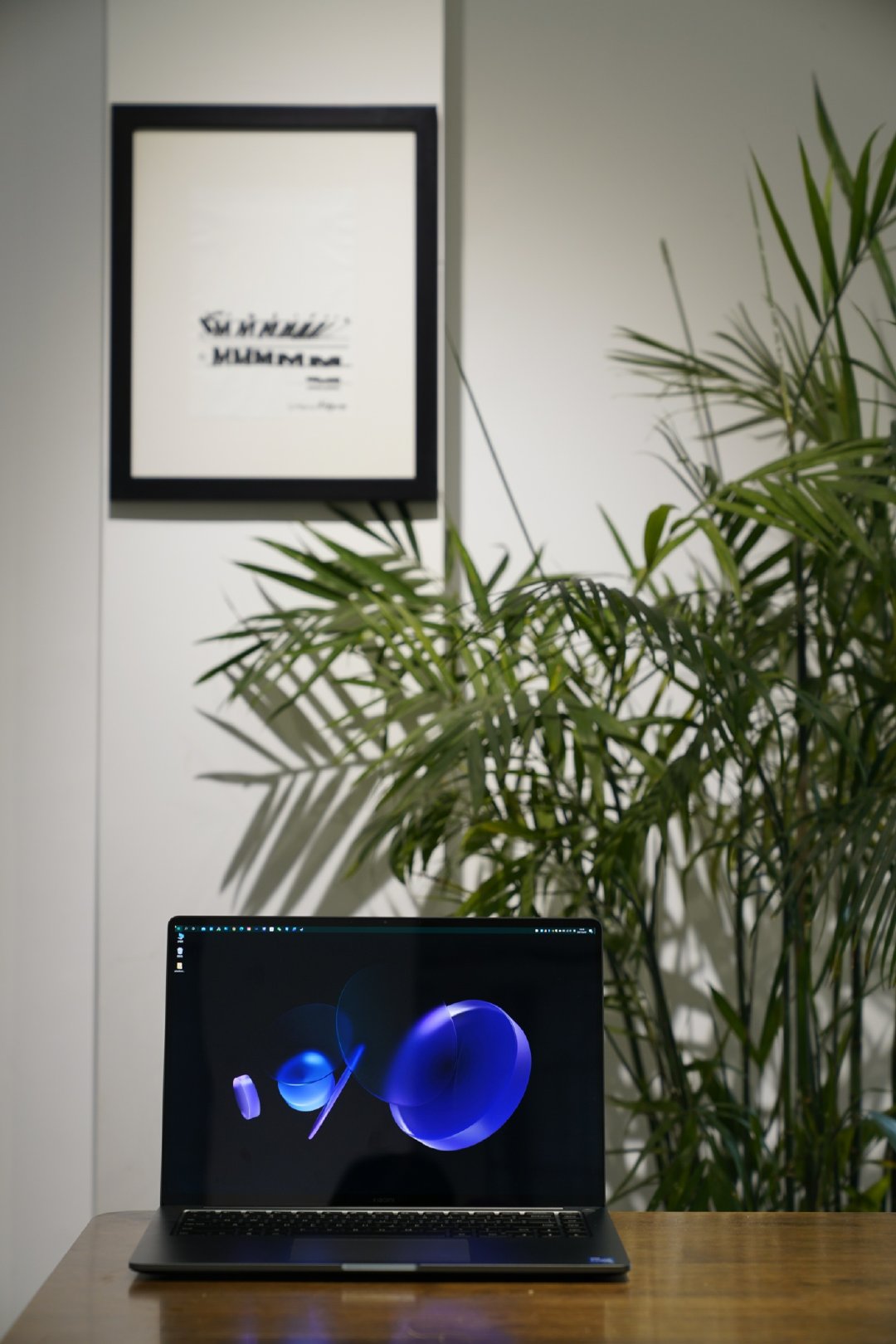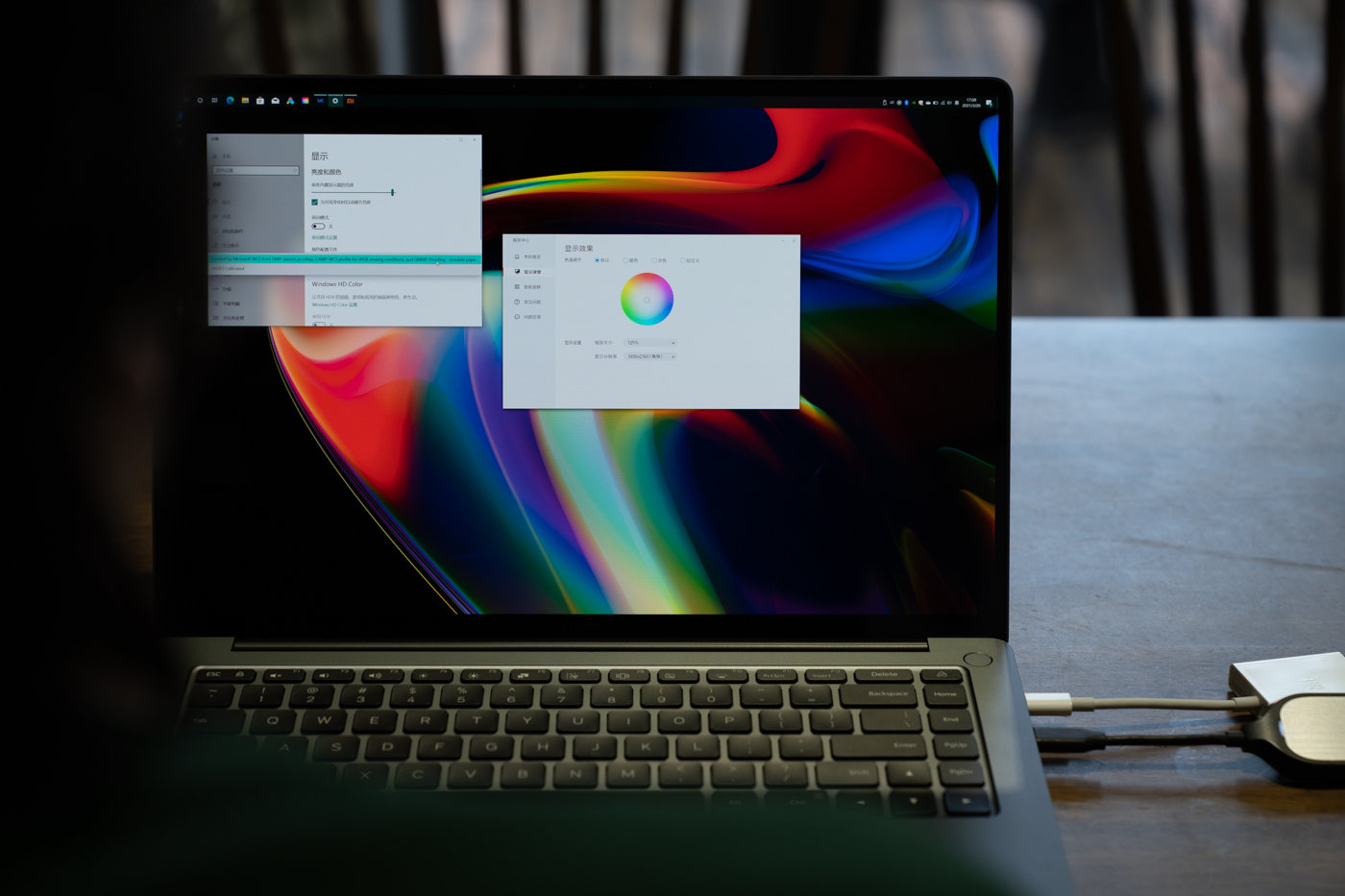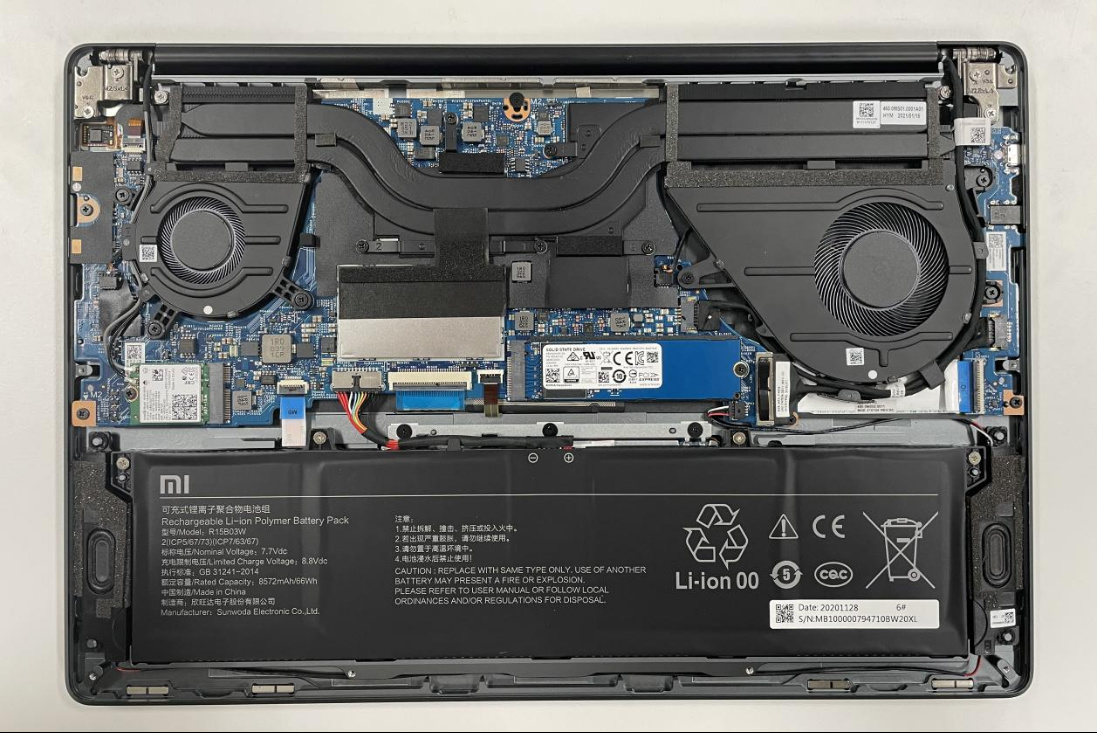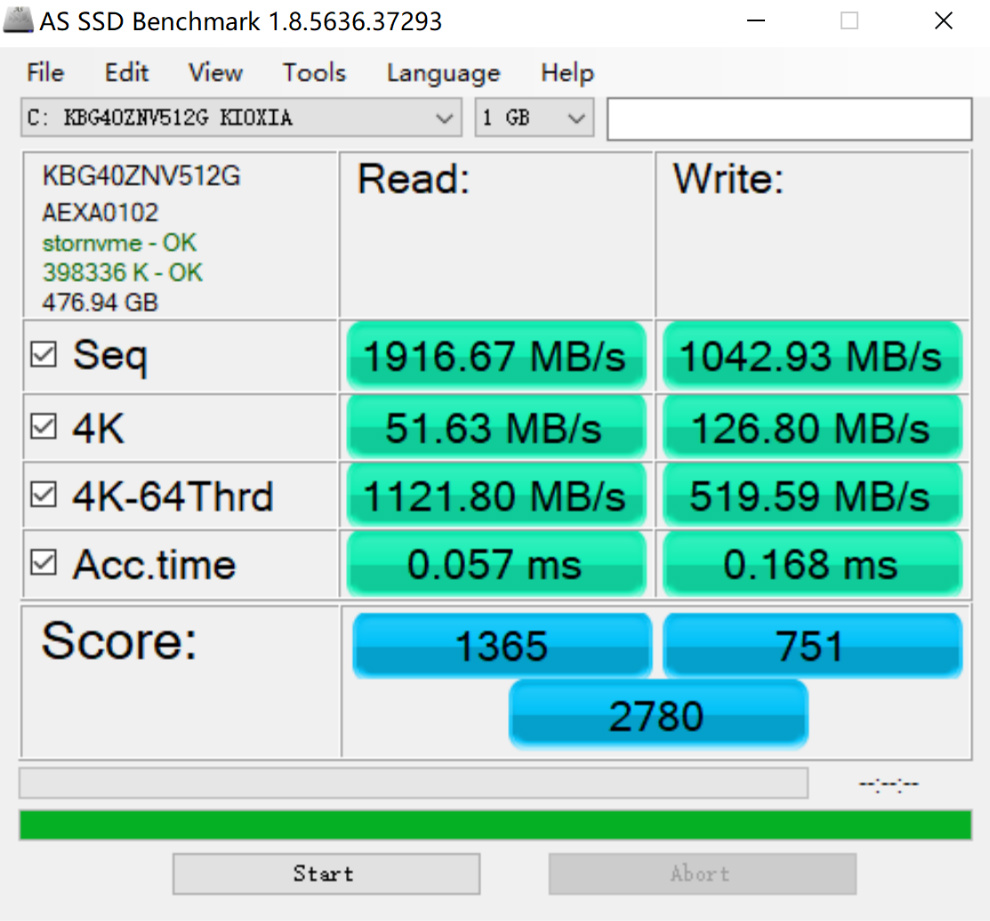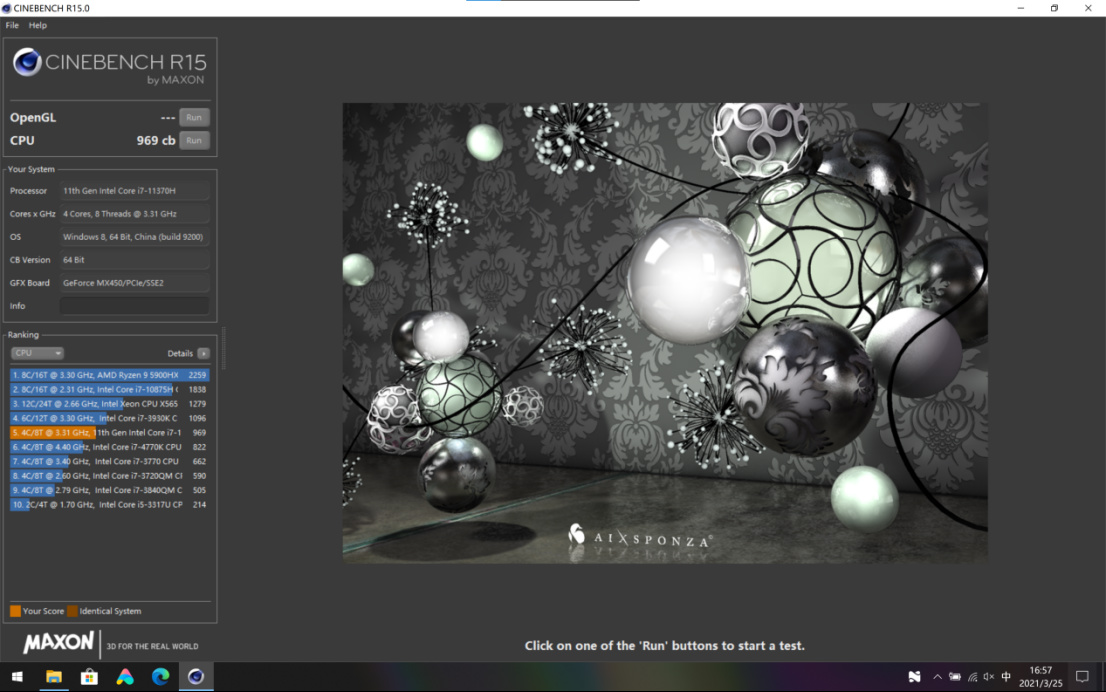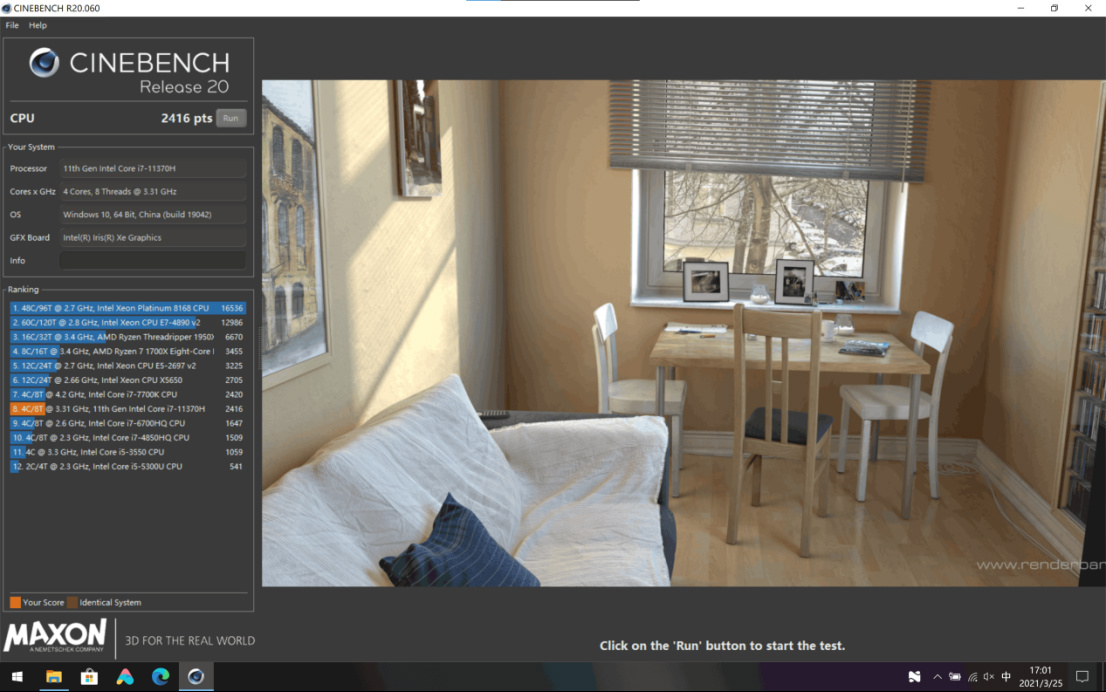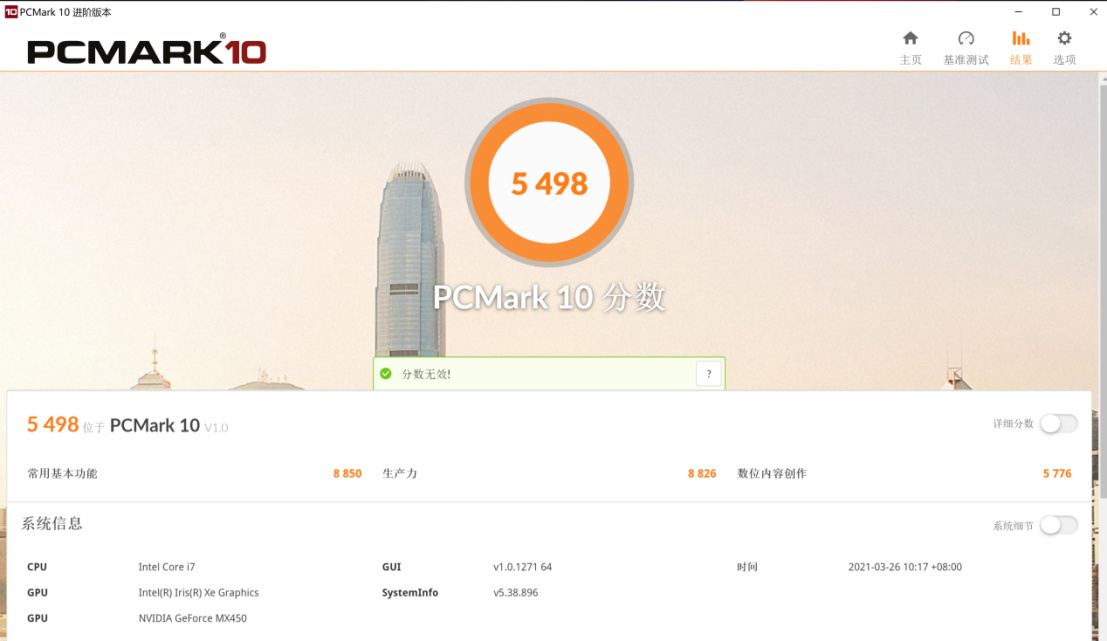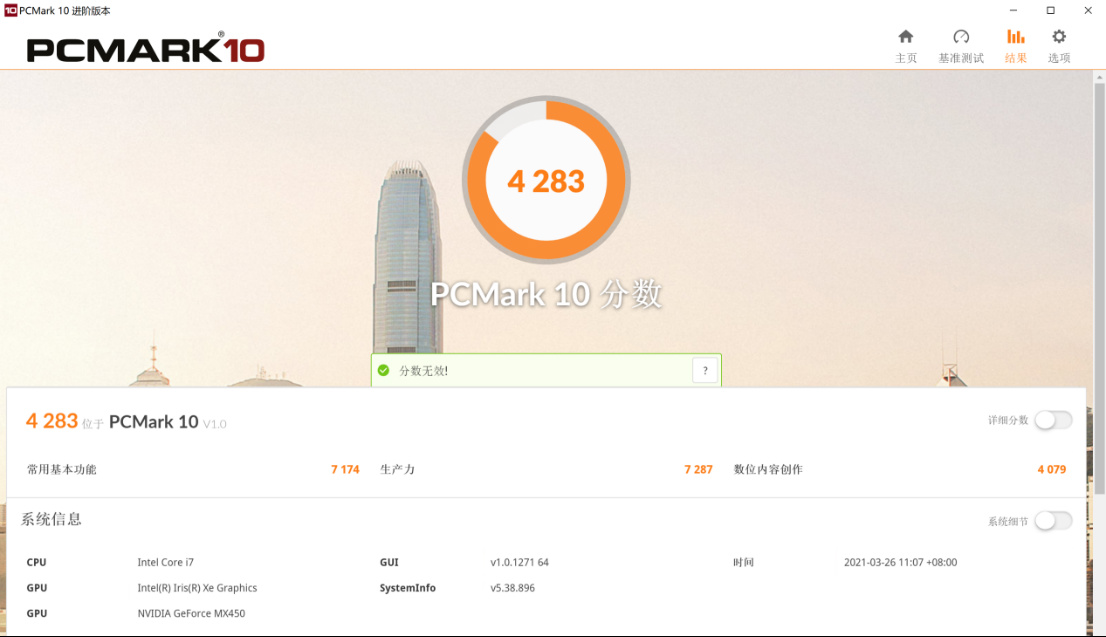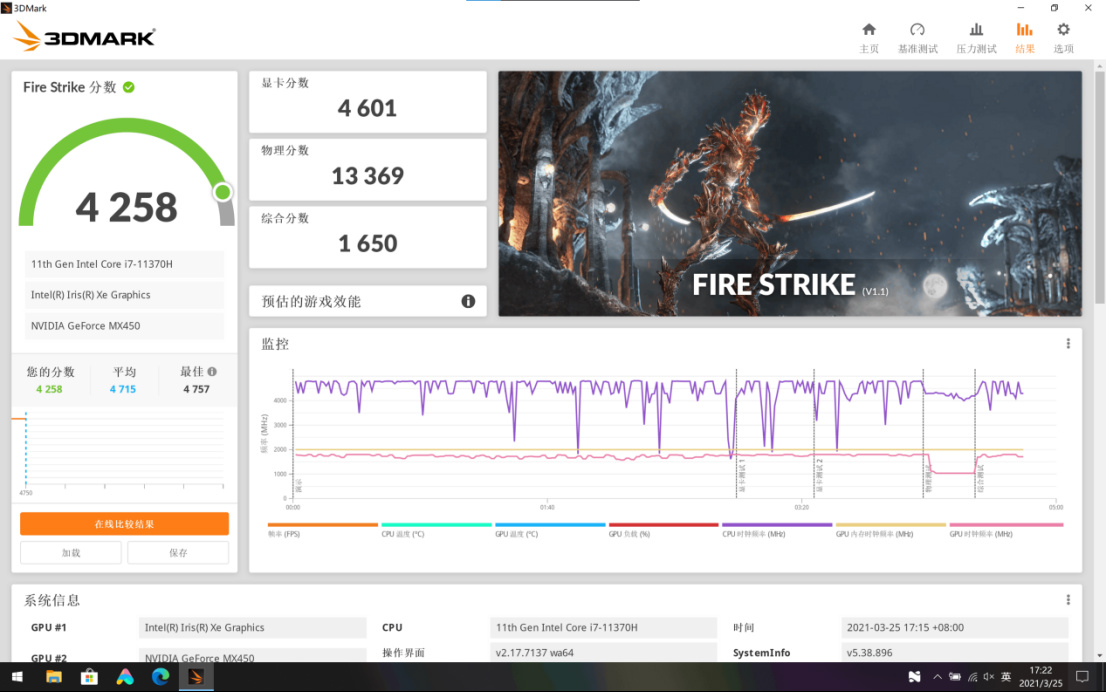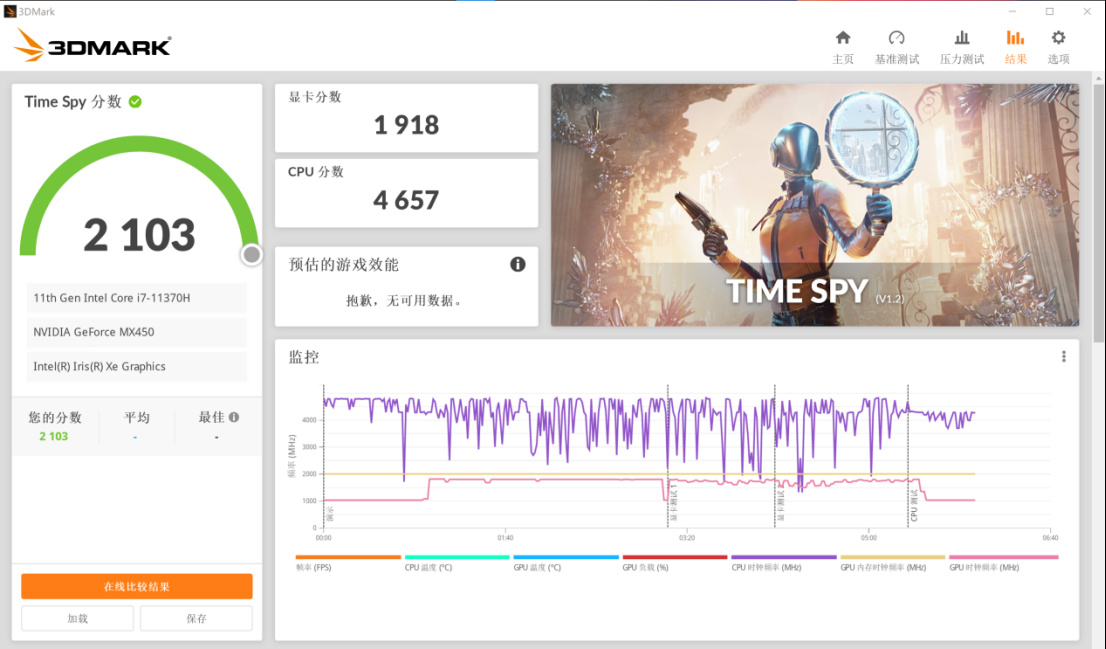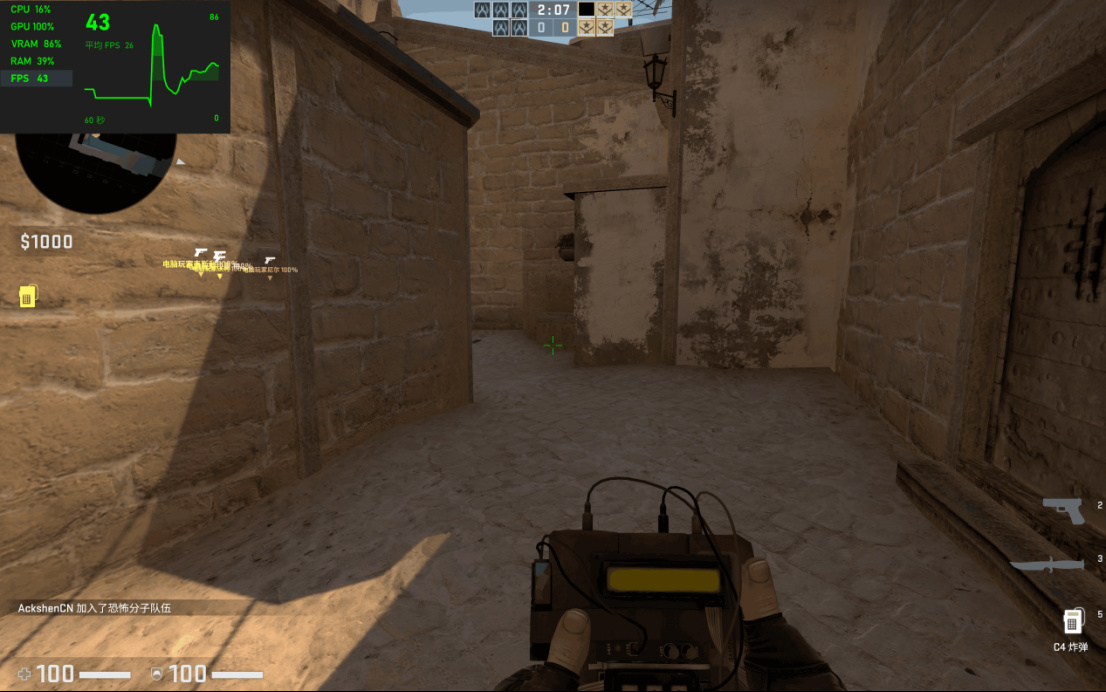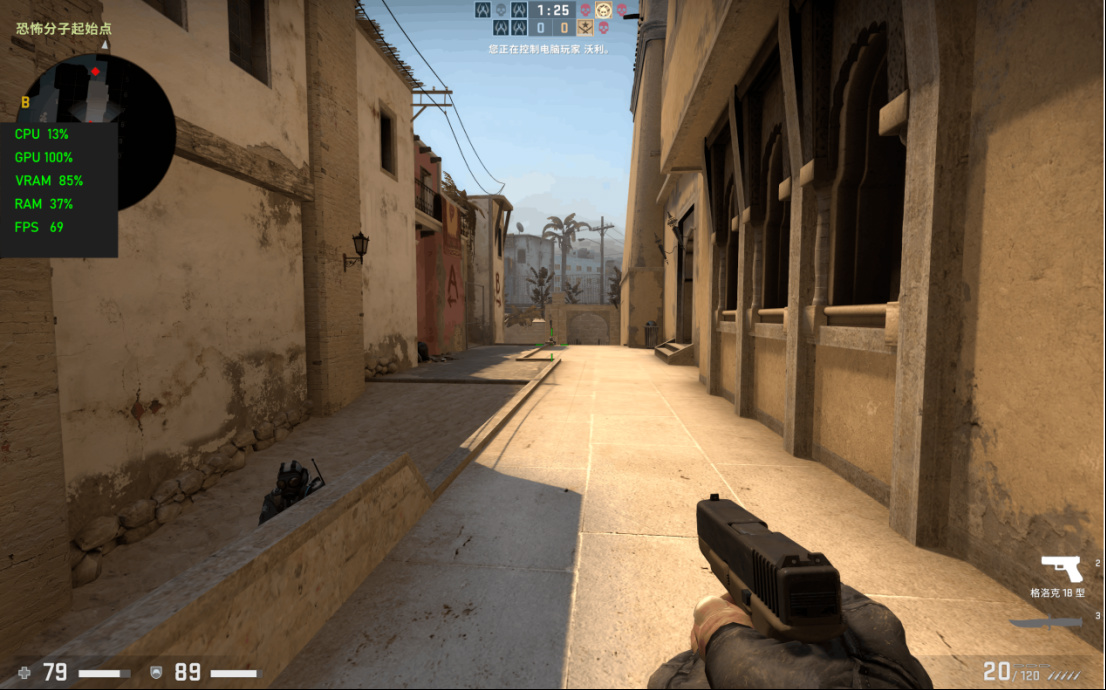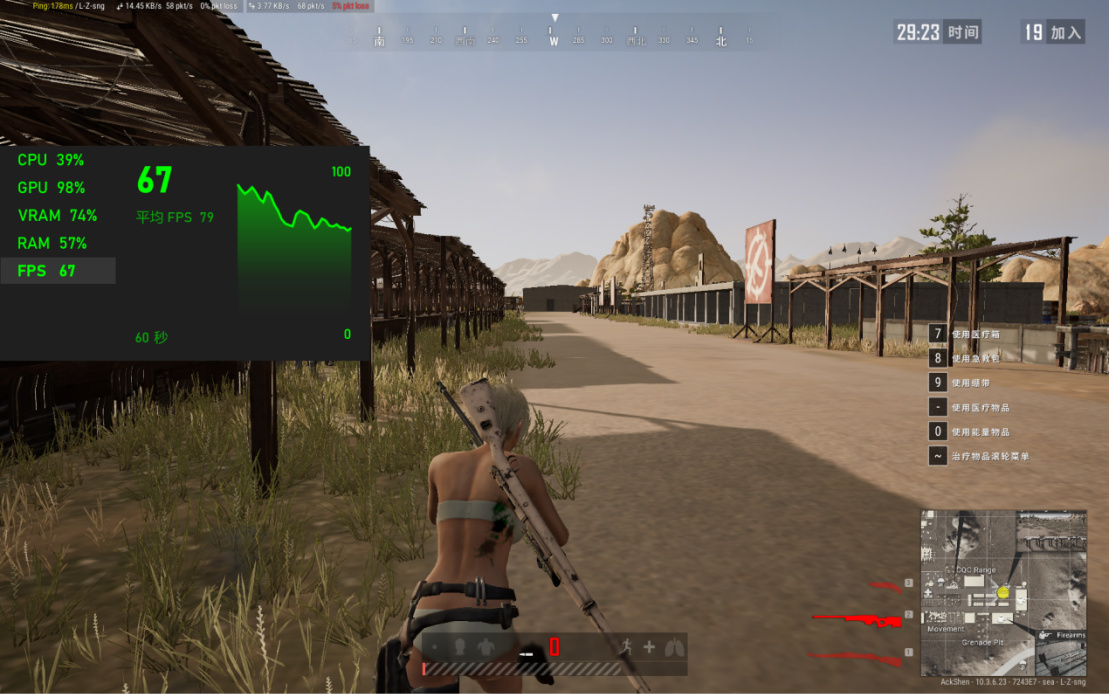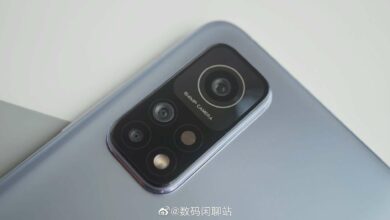Xiaomi has officially entered the laptop market and released two thin and light laptops. When low color gamut TN screens and plastic laptops were used in the mass market for thin and light laptops, Xiaomi rocked the entire market with high quality screens and metal phones.
Unfortunately, the shapes of Xiaomi laptops were often not updated after that, and the established manufacturers gradually overtook. But today Xiaomi “good workmanship, good screen +” using the same tactics as the best 3.5K OLED screen is returning to the forefront of the laptop market. Xiaomi Mi Pro 15 Laptop was officially released. This is the only laptop with a 3,5K OLED screen at a price of $ 900!
Design and appearance
Xiaomi Mi Pro 15 OLED gives a complete picture of quality as soon as it is used. This sense of quality comes from a solid gray, sharp-edged body, but no cutting hands. The case is relatively thin, with a thickness of about 15,9 mm, but the weight reached 1,8 kg, which is not very light.
The previous generation Mi Notebook Pro did not have a logo on the front, so it also made a joke “so you can stick an Apple sticker to buy an iPhone,” but this time Xiaomi is clearly more confident. Side A is generously engraved. The Xiaomi logo was created.
Sides A and B support one-handed opening and closing, and the maximum opening and closing angle is 150 degrees. After unfolding, this time the priority will be side B. The 16:10 OLED screen is covered with a whole glass mirror.
The specific quality of this screen will be verified in detail below. At the top of the screen there is a camera and a stereo microphone, and at the bottom there is the “Xiaomi” logo.
Sides C and D are the same as the previously released RedmiBook Pro 15. Everything is processed using CNC technology. The keyboard has a recessed design and a scissor leg. The keyboard cap is relatively large, and there is the Xiao Ai independent voice assistant button on the top right side.
Keycaps are regular chocolate keycaps with 1,5mm keystroke length and support for XNUMX-level backlighting. In general, the percussion feel is quite satisfactory and the feedback intensity is moderate. It is a pity that there is no numeric keypad.
The circular power button is located in the upper right corner on the C side, which allows you to sign in with fingerprint recognition in Windows 10 Hello. The touchpad has a large area and is located in the center. The touch is smooth and gentle and the hand feels good.
Finally, let's take a look at the D side The D side design is quite satisfactory, with 8 screws on the surface, 2 sets of oval rubber feet, 2 standard long air outlets, and 1 set of speaker holes on both sides of the bottom. Later back cover so everyone can see what's going on.
The interface was left very little. To be very subtle, Xiaomi has canceled most of the interfaces this time around. Only 3 fully functional Type-C interfaces survived, 2 support 100W PD input, 1 support Thunderbolt 4 or more 3,5mm interface.
The solution provided by Xiaomi is to include an extension cable made by Zimi, which can expand the Type-A interface and the HDMI interface, but you cannot plug in a USB stick if you plug in a mouse. It is recommended to use one multiport splitter.
The charger that comes with the Xiaomi Mi Pro 15 OLED is a 100W dual-pin PD charger, tiny and portable. The only drawback is that the two-pin plug does not have a ground wire, and there will be hemp leakage inductance on the metal case, but this does not affect the use.
Interestingly, in the pursuit of fast charging, Xiaomi from other manufacturers supports 100W fast charging and supports “slow charging”. Traditional light and thin laptops can only be charged with a PD adapter of over 45W, but the Mi Notebook Pro 15 OLED can be charged with most mobile phone chargers: as seen in the bios, the minimum support for 5v0.5a or 2.5w charging.
While it may take day and night to fill, it provides an emergency solution. This ingenuity is commendable.
Screen
An OLED screen has the advantages of accurate color reproduction, high and uniform brightness, high contrast and good HDR compatibility. This is great for creative designers. However, large OLED screens are also relatively expensive, so they are usually used for creative projects over 10 yuan.
This time, Xiaomi has actually dried the 3,5K OLED screen to a price of 6000 and used the latest Samsung E4 material. The quality of this "home screen" deserves special attention.
We set the maximum resolution to 3456x2160 and manually set the maximum brightness to 410 nits. A professional color calibration tool was then used to check the accuracy of the color gamut. The measured color gamut covers 99,9% sRGB, 95,2% Adobe RGB and 99,2% of the P3 color gamut, and the brightness reached 410 nits, which is very good.
The color accuracy is even more impressive. The average E color shift is only 0,24, and the maximum E is only 2,72, which corresponds to the professional grade color performance.
Factory calibrated for superior color accuracy. Xiaomi has customized each screen individually and saved the ICC file corresponding to each screen in the cloud; even if the system is reinstalled, it can be booted back.
We can say that this screen is one of the best in this price range, and it lives up to the name "home screen".
Hardware and performance
This time i7-11370H + MX450 version (D5 video memory); the specific configuration is shown in the figure. So that everyone can better understand the hardware of this laptop, we disassemble it directly and present it during disassembly.
Unscrew 8 screws from the D side; you can pull the bayonet out of the shaft air intake. It should be noted that the screws on the shaft are long and the other 6 are short. Don't get confused. Compared with the 15-inch Redmi laptop, a small fan is added inside to form a heat dissipation design with two heat pipes and two fans, and the overall structure is more compact.
In speed measurement mode, the CPU and GPU can stabilize at 77 ° C after 15 minutes of double baking, but there has also been some frequency drop. During this time, you will not be too hot during the operation. The commonly used WASD is around 40 ° C, and the temperature of the wrist rest is around 35 ° C. When fully loaded, the noise of the installed fan is around 54,6 dB.
There is a built-in memory under the fan, covered by a screen. Particle Samsung, 8G + 8G dual channel, frequency 3200Mhz. It's a pity that there is no 4266Mhz and there is no room for an upgrade.
To the left of the memory is the Intel AX201 wireless network card, which supports Wi-Fi6 protocol and has good performance. On the right side of the memory is the m.2 slot. There is only such a hard drive slot for the whole machine, so upgrading will be more troublesome.
The hard disk model is KBG40ZNV512G from KIOXIA. In the end, the Kioxia SSD is an original piece of Toshiba, and the top speed is not particularly high, but the victory lies in its high stability. The current account is shown in the figure.
Battery
Now let's take a look at his theoretical assessments and experiences. The first is the new i7-11370H standard processor, the new Intel H35 processor, which still has 4 cores and 8 threads. Compared to the low voltage version, the fundamental frequency of this 35W standard version has been improved. The measured R15 score is 969 and the R20 score is 2416.
In PCMARK10, which shows everyday office productivity, the Mi Notebook Pro 15 OLED scored 5498 points, which is a great experience.
Its work after a power failure. On battery use, it scored 4289 points to meet most daily needs. Finally, HappyMaster Lu, who showed the overall performance of the entire car, scored 739413 points, which is in line with the positioning of a versatile racer.
The author's work requires frequent video processing, can he edit the video smoothly? • The author imported several 4K30-frame videos into PR and found that the playback preview was independent and the whole editing process was very smooth.
Seem to be, xiaomi mi pro 15 OLED is more than enough for everyday office and creative work, so if you want to play two games after you get off work, can it do it? Let's first look at the results of the game in 3DMARK.
TimeSpy has a final score of 2103, and Fire Strike has a score of 4258. This score means it can run most online games.
In League of Legends, it can easily work with the highest resolution and extremely high special effects, and the number of game frames is maintained at over 100 frames. The game experience is very smooth.
CS: GO with higher configuration requirements cannot run at 3456x2160 because there are only more than 40 frames.
If the resolution is reduced to 2K, it can be stabilized at about 70 frames. If you're aiming for a higher frame rate, you'll need to drop it down to 1080P in order to stabilize at around 120fps and the gameplay will be smooth.
There seems to be no problem playing online games with general configuration requirements. So can the Xiaomi Mi Pro 15 OLED challenge “PUBG Mobile”?
It can only be maintained at maximum resolution and lowest image quality at 30-40 frames, which is difficult to reproduce. If you reduce the resolution to 2K, the number of frames can hover around 60 frames, and you can already have a good experience at that time.
Likewise, if you want more frames, you can downsample to 1080P and increase the frame rate by another 10 frames.
In general, the OLED display of the Mi Notebook Pro 15 matches the characteristics of a standard general-purpose computer. Although there are no surprises, this is enough. You can smoothly edit 4K videos and change images when you are at work, and you can also play two popular games after work.
Multi-screen collaboration with Xiaomi mobile phones
Since this is a laptop made by a mobile phone manufacturer, it will definitely use some unique features to interact with its own mobile phone. The solution suggested by Xiaomi is Xiao Ai, MIUI + and Xiaomi mutual transfer.
Xiaomi Mi Pro 15 OLED with Xiao Ai pre-installed at the factory. After logging into your Mi account, you can call her by pressing keys, voice or clicking. Interestingly, perhaps to prevent accidental touches when pressing the DEL key, the trigger force of the Xiao Ai key on the keyboard is much greater than the other keys.
After all, I am not fighting in the vicinity of MIUI, so Xiao Ai's authority is relatively low and he can only perform some basic operations. The ability to communicate with Mijia devices is good news.
MIUI + is a multi-screen collaboration software developed by MIUI for mobile phones and laptops. It can realize functions such as computer control of mobile phones, remote file access, and co-authoring of documents. However, it is still in the testing phase and the mobile needs to be updated to the development version MIUI12.5 in order to experience it.
In addition, Xiaomi also introduced Xiaomi mutual data transfer to the laptop side. Any brand of laptops can be downloaded and used; as long as they are connected to other Xiaomi devices on the same local network, they can quickly share files.
Verdict
Like the return of Mi Notebook, Mi Notebook Pro 15 OLED - excellent job with precise positioning. For creatives, the Mi Notebook Pro 15 OLED uses the excellent 'Pro' screen to get to the pain point, and there are no undeniable flaws in the other links.
The 6000 RMB price is a very good choice. I also hope that Xiaomi can once again run the entire laptop industry like it did 5 years ago and promote high-quality screens in the homes of ordinary people.
